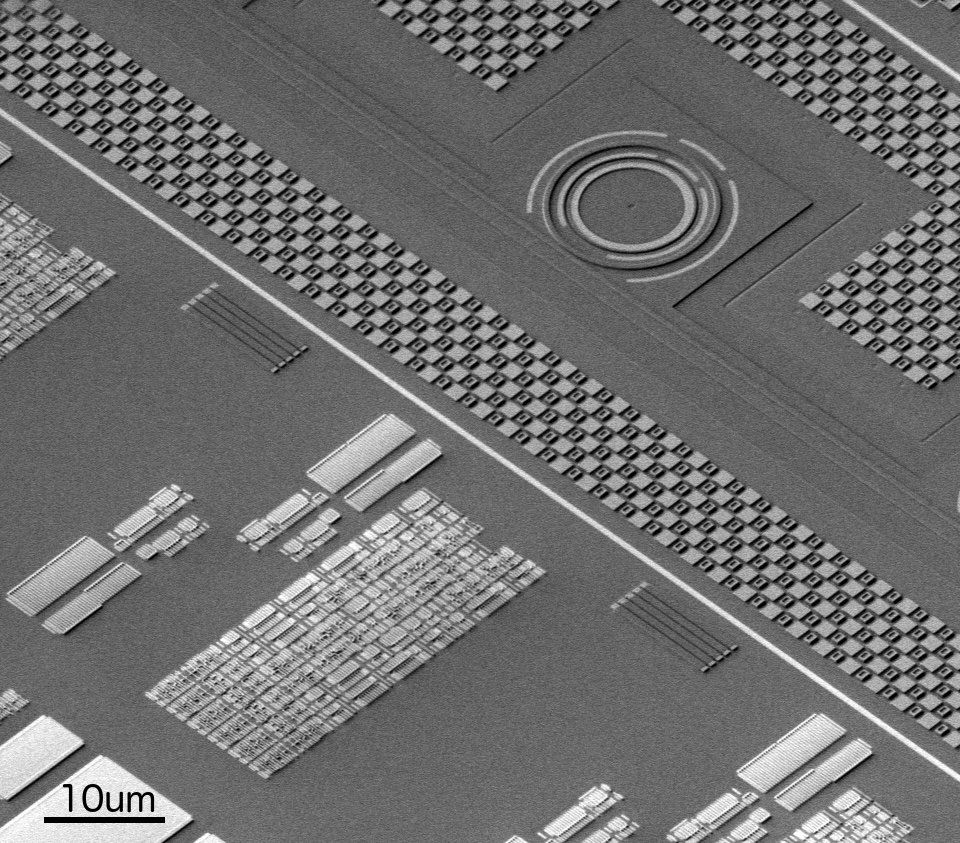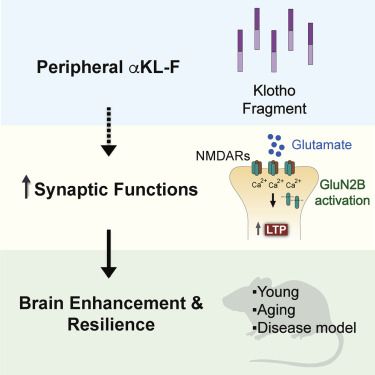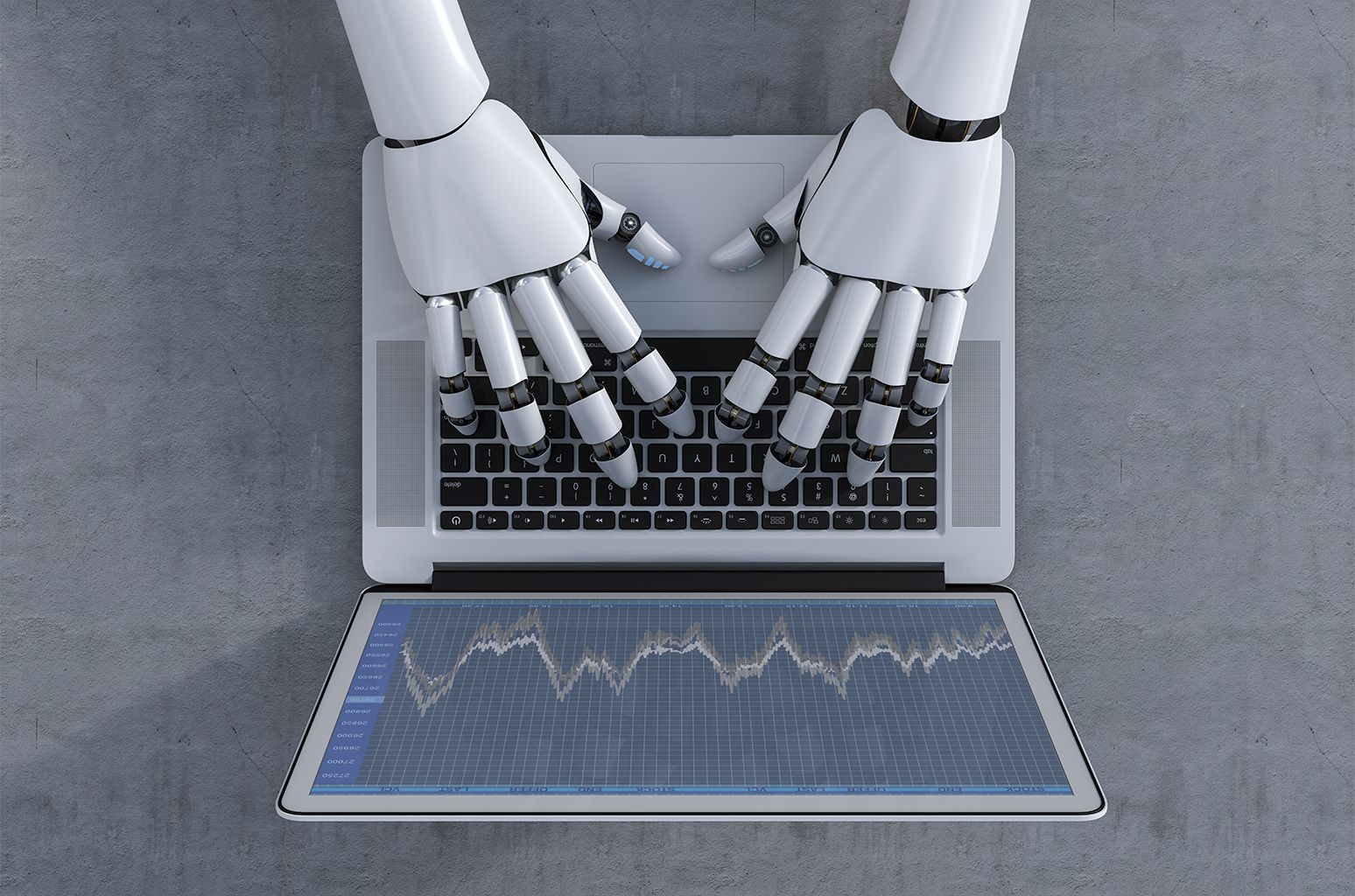Page 8851
Apr 21, 2018
Researchers illuminate the path to a new era of microelectronics
Posted by Saúl Morales Rodriguéz in categories: computing, engineering, nanotechnology
A new microchip technology capable of optically transferring data could solve a severe bottleneck in current devices by speeding data transfer and reducing energy consumption by orders of magnitude, according to an article published in the April 19, 2018 issue of Nature.
Researchers from Boston University, Massachusetts Institute of Technology, the University of California Berkeley and University of Colorado Boulder have developed a method to fabricate silicon chips that can communicate with light and are no more expensive than current chip technology. The result is the culmination of a several-year-long project funded by the Defense Advanced Research Project Agency that was a close collaboration between teams led by Associate Professor Vladimir Stojanovic of UC Berkeley, Professor Rajeev Ram of MIT, and Assistant Professor Milos Popovic from Boston University and previously CU Boulder. They collaborated with a semiconductor manufacturing research team at the Colleges of Nanoscale Science and Engineering (CNSE) of the State University of New York at Albany.
The electrical signaling bottleneck between current microelectronic chips has left light communication as one of the only options left for further technological progress. The traditional method of data transfer-electrical wires-has a limit on how fast and how far it can transfer data. It also uses a lot of power and generates heat. With the relentless demand for higher performance and lower power in electronics, these limits have been reached. But with this new development, that bottleneck can be solved.
Continue reading “Researchers illuminate the path to a new era of microelectronics” »
Apr 21, 2018
Peripheral Elevation of a Klotho Fragment Enhances Brain Function and Resilience in Young, Aging, and α-Synuclein Transgenic Mice
Posted by Manuel Canovas Lechuga in categories: biotech/medical, genetics, life extension, neuroscience
Peripheral Elevation of a #Klotho Fragment Enhances Brain Function and Resilience in Young, Aging, and α-Synuclein Transgenic Mice.
Klotho is a longevity factor associated with cognitive enhancement when genetically and widely overexpressed over the lifetime of mice. Leon et al. show that peripheral delivery of a klotho fragment, αKL-F, acutely enhances cognition and neural resilience in young, aging, and disease model mice, establishing its therapeutic relevance and dissecting its underlying mechanisms.
Apr 21, 2018
Machine Learning’s ‘Amazing’ Ability to Predict Chaos
Posted by Amnon H. Eden in categories: information science, robotics/AI
Breakthrough in predicting chaotic systems using machine learning may significantly improve forecasting the weather, earthquakes, cardiac arrest, and many other chaotic phenomena.
In new computer experiments, artificial-intelligence algorithms can tell the future of chaotic systems.
Apr 21, 2018
AI can have Positive Impact on Banks Business
Posted by Genevieve Klien in categories: business, robotics/AI
@media screen and (min-width: 976px) {
.main-article.big_article_header{font-size:45px!important;}
.main-article.big_article_summary{font-size:25px;}
AI can have Positive Impact on Banks’ Business.
Apr 21, 2018
Big Bang, Big Claim: Why This Bold Idea Is Right
Posted by Genevieve Klien in category: cosmology

The Big Bang origin of the universe may sound incredible, but there’s solid evidence backing up the bold claim.
Apr 21, 2018
‘It’s about expanding Earth’: could we build cities in space?
Posted by Klaus Baldauf in categories: 3D printing, space
Meet the startup hoping to colonise the final frontier, one zero-gravity 3D printer at a time.
Apr 21, 2018
Army researchers are developing a self-aware robot squid you can 3D print in the field
Posted by Genevieve Klien in categories: 3D printing, robotics/AI
In case you weren’t already terrified of robots that can jump over walls, fly or crawl, Army researchers are developing your next nightmare — a robot squid.
Apr 21, 2018
No-go zone grows as volcano erupts for 1st time in 250 years
Posted by Genevieve Klien in category: futurism
Mount Io on Japan’s main island of Kyushu has rumbled to life after a long rest, sparking a warning for residents of falling rock and ash.
Apr 21, 2018
How Music Generated
Posted by Derick Lee in categories: information science, internet, media & arts, robotics/AI
There is an enduring fear in the music industry that artificial intelligence will replace the artists we love, and end creativity as we know it.
As ridiculous as this claim may be, it’s grounded in concrete evidence. Last December, an AI-composed song populated several New Music Friday playlists on Spotify, with full support from Spotify execs. An entire startup ecosystem is emerging around services that give artists automated songwriting recommendations, or enable the average internet user to generate customized instrumental tracks at the click of a button.
But AI’s long-term impact on music creation isn’t so cut and dried. In fact, if we as an industry are already thinking so reductively and pessimistically about AI from the beginning, we’re sealing our own fates as slaves to the algorithm. Instead, if we take the long view on how technological innovation has made it progressively easier for artists to realize their creative visions, we can see AI’s genuine potential as a powerful tool and partner, rather than as a threat.

















